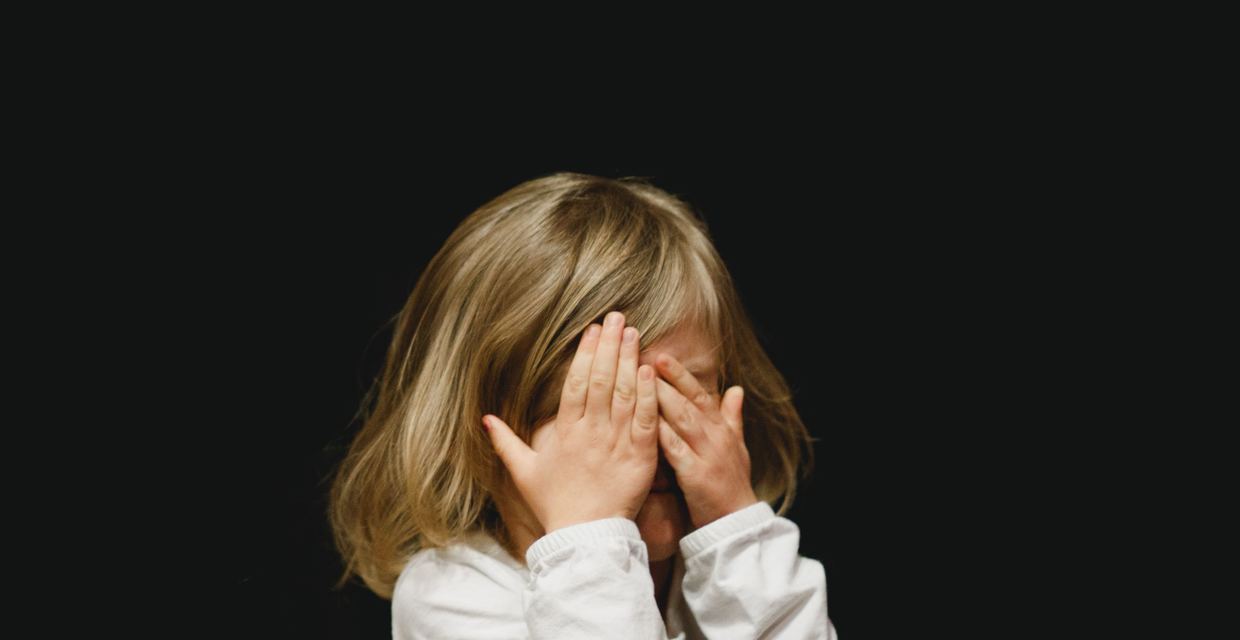Intimate partner violence and child abuse often go hand in hand. Here’s how you can intervene
- By Shelley Flannery
Where there’s intimate partner violence, there’s often also child abuse. Statistics suggest somewhere between 30% and 60% of children in homes where there is intimate partner violence are also being abused themselves, according to Prevent Child Abuse America. In fact, intimate partner violence is the single greatest predictor of fatalities due to child abuse or neglect.
That makes it all the more imperative that children who are being maltreated get help. But let’s say you’re outside the family—an aunt or uncle, a teacher, a neighbor—and don’t want to get anyone in trouble by calling the police or child protective services. You do have some options.
When to Call the Police or CPS
Even if you don’t want to get anyone in trouble or you promised the child you wouldn’t tell, there are instances in which calling the police is necessary. If you witness child abuse or you believe a child is in imminent danger of being physically or sexually abused or neglected, call the police. You could save a child’s life.
If you suspect abuse but aren’t sure or the threat isn’t immediate (say a child is being abused by his father but is currently staying at his mother’s house), contact your state’s child protective services (CPS) office. CPS will assign a caseworker to review the report. He or she will determine next steps and whether or not an investigation is necessary.
Depending on the outcome of the investigation, the CPS caseworker may offer the child’s caregivers education, social services or other assistance. In some cases, it may be necessary for CPS to remove a child from their home to keep him or her safe. But calling CPS doesn’t mean a child will necessarily be taken away. When CPS does remove a child, the caseworker may consider placing the child with another family member. Not all CPS interventions involve state custody or foster care.
Civil Legal Options
If you wish to help a child without filing a criminal report or calling CPS, going through a civil court may be an option.
“Within the civil legal context, there are a number of avenues—protective orders, injunctions, custody determinations, emancipation—that allow children and their caretakers or loved ones to seek protection without forcing them to enter state custody,” says Nicholas J. Hite, an attorney in New Orleans, La., who works closely with child survivors of physical and sexual assault.
Laws vary by state, however, when it comes to minors petitioning for civil protection. Some states allow minors to file for protective orders and injunctions on their own while other states require a parent, guardian or guardian ad litem to file on the child’s behalf, which can make matters difficult if the child is seeking the court’s protection from his or her parent(s). You can learn more about how to file for a protective order for a minor in your state. You can also consult a victim advocate in your jurisdiction or a family law attorney.
Other Options
Granted, some parents who abuse their children want to change but don’t know how. Perhaps they were abused as children or they don’t have the skills or knowledge to parent in a healthy way. If it’s safe to do so, consider talking to the child’s parent about his or her behavior. Help is available in the form of therapy, parenting education and support groups. Circle of Parents is one such organization focused on teaching parents how to non-violently deal with the challenges of raising children.
Still unsure what to do? Call or text the National Child Abuse Hotline at 800-4-A-CHILD (800-422-4453) or visit childhelphotline.org.
If you are a parent who’s being abused, it’s important to understand how your children might be affected. Read “Kids Caught in the Crossfire.”
Content retrieved from: https://www.domesticshelters.org/articles/children-and-domestic-violence/how-to-help-a-child-who-s-being-abused.

